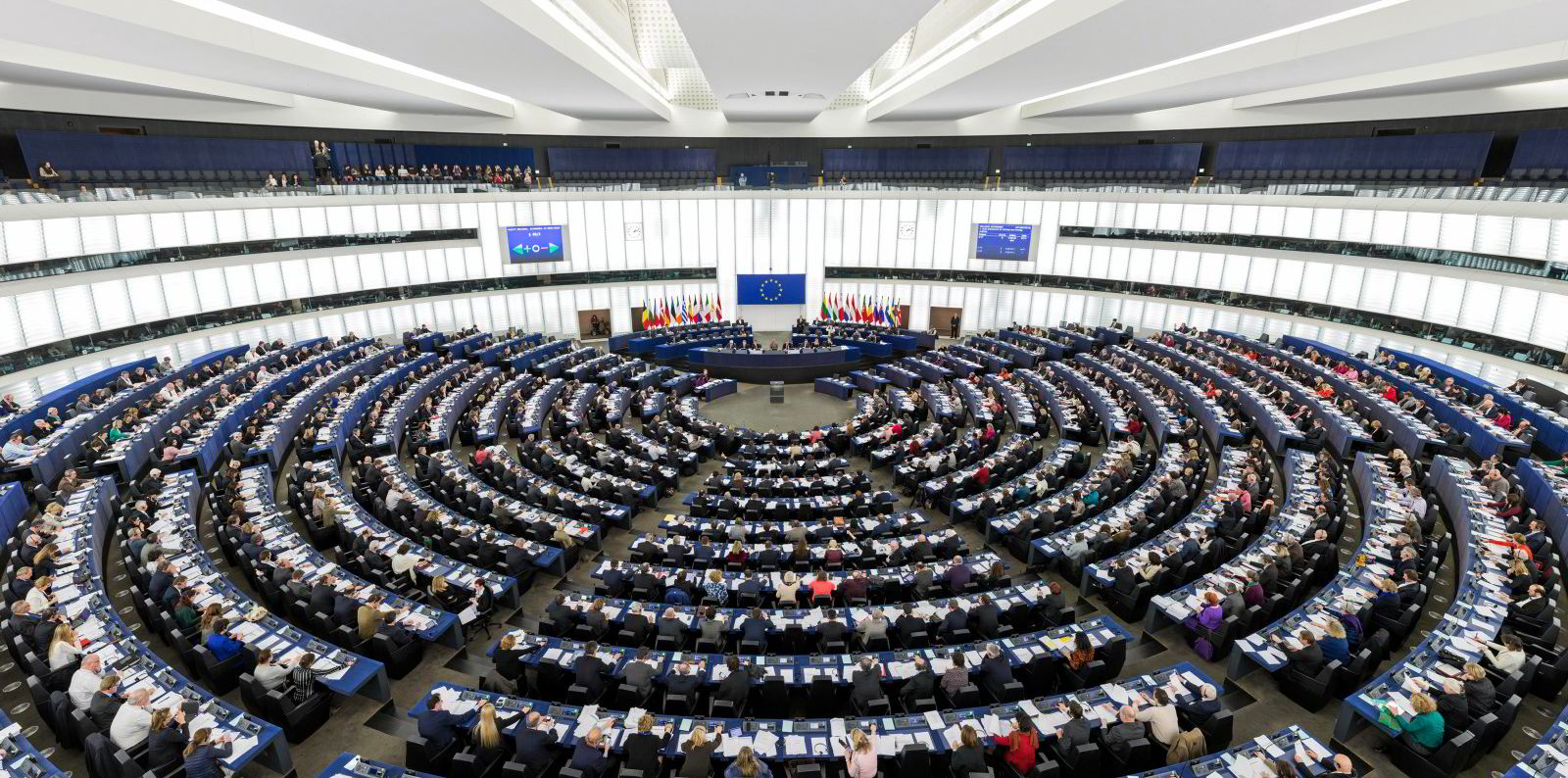The European Union has defended itself against criticism from a green group that its new Emissions Trading System (ETS) for shipping is letting owners "off the hook".
Campaign organisation Transport & Environment (T&E) said on Thursday that loopholes and exemptions will let 25.8m tonnes of CO2 slip through the carbon pricing net.
T&E said vessels of under 5,000 gt are excluded, as well as certain ships serving the offshore oil and gas industry, plus tugs and dredgers.
An EU official told TradeWinds that when extending the ETS to maritime transport in 2023, the European Commission proposes to rely on emissions captured under the EU regulation on the monitoring, reporting and verification (MRV) of emissions.
This will ensure a "swift application of the proposed ETS extension".
MRV was adopted in 2015 as a first step, to be followed by the laying down of reduction targets for the maritime sector and the application of a market-based measure.
Exemptions detailed
The official said the regulation applies to ships above 5 000 gt but excludes warships, naval auxiliary ships, fishing or fish-processing ships, wooden vessels of a primitive build, ships not propelled by mechanical means, or government ships used for non-commercial purposes.
The 5,000-gt threshold aims to minimise the administrative burden for companies, in particular for small and medium-sized enterprises, without jeopardising the objective to cover the vast majority of greenhouse gas emissions from the sector, the official explained.
MRV focuses on "maritime transport", the EU official added, and does not establish monitoring, reporting and verification requirements for ship movements not serving the purpose of transporting cargo or passengers for commercial purposes.
These include dredging, ice-breaking, pipe-laying or offshore installation activities.
"Since 2018, the EU maritime transport MRV regulation has been successful in tracking emissions from maritime transport," the official said.
These emissions are "substantial" and represent 3% to 4% of total EU CO2 emissions — over 144m tonnes of CO2 in 2019, TradeWinds is told.
T&E is recommending all vessels of above 4,000 gt be included, but only if they produce more than 1,000 tonnes of CO2 per year.
This would cover 12% more emissions than the current proposal, the group claims.






